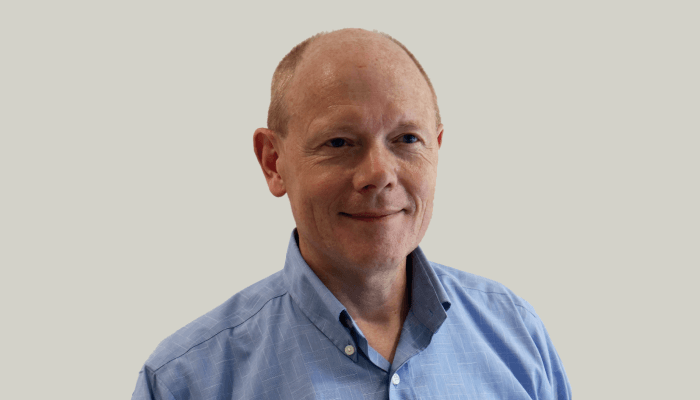
Laser-induced breakdown spectroscopy (LIBS) is a technique I’ve used to study geological specimens, forensic samples, as well as cultural artifacts. It allows me to see all elements, and it is especially good for the lighter elements – and there aren’t many techniques that allow one to do that. LIBS also has a high sample throughput, while offering insight into the elemental distribution of heterogeneous materials. Finally, and a big plus for many, it can be performed with no sample preparation – you can analyze materials where you find them. All of these benefits attracted me to LIBS, but I was also aware that none of these benefits allow me to ignore good scientific practice.
Recently, I was helping a group of archeologists who had just purchased a handheld LIBS device; certainly, they could operate the instrument – but would the data they planned to gather be of any value? When you buy an instrument from a manufacturer, they’ll tell you how to turn it on, how to adjust the settings, and so on. It is all very helpful, but they can’t tell you how to do your research. I suppose it's a little like buying a new stove and having it professionally installed; if you don’t know how to cook (and fail to consult a recipe), the results will likely range from inedible to dangerous. Likewise, I’ve reviewed papers from researchers who think they have interesting LIBS results to share, but clearly haven’t fully understood the nuances. For example, one paper was trying to draw some exciting conclusions from an inadequately sized sample suite– but their results could never convince a reputable reviewer. I wish I could have whispered some things in their ear about experimental design before they entered the publication process…
Tip 1. Your data are only as good as the quality of your sample library. If you want to use LIBS in a qualitative sense, where you utilize machine learning tools to build classifiers for identification (something we’ve done for geological materials), you need a suitable dataset. And that means collecting representative data from a sample suite of appropriate size. In the beginning, I’ll admit that I assumed I could zap a bunch of samples from various places to get a clear picture of provenance. But in reality, it’s not that easy. LIBS can provide those answers, but only if you have sufficient numbers of representative samples.
Tip 2. Become a chemometrics expert – or collaborate with one. Looking back, I’m sure we can all find an example of where we were so excited about our results that we lost focus on the need for robust data analysis. Equally, if we revisit any past research, we might now approach data analysis differently, applying knowledge and lessons learned in the meantime – or benefiting from advances. I was trained as a synthetic organic chemist – and that’s a long way from LIBS and data science! I’ve made mistakes but I also learned and evolved. In short, good science must be at the heart everything we do – whatever the technique or method.




